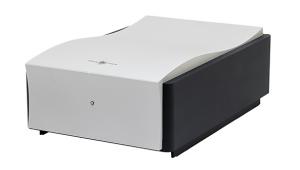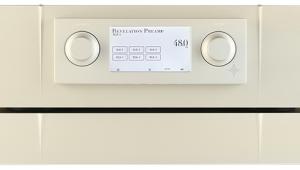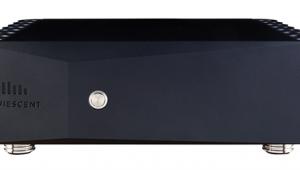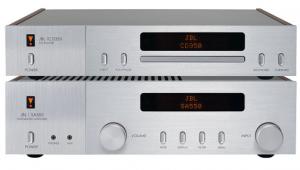VAC Master Preamplifier/Signature 200iQ Pre & Power Amplifier
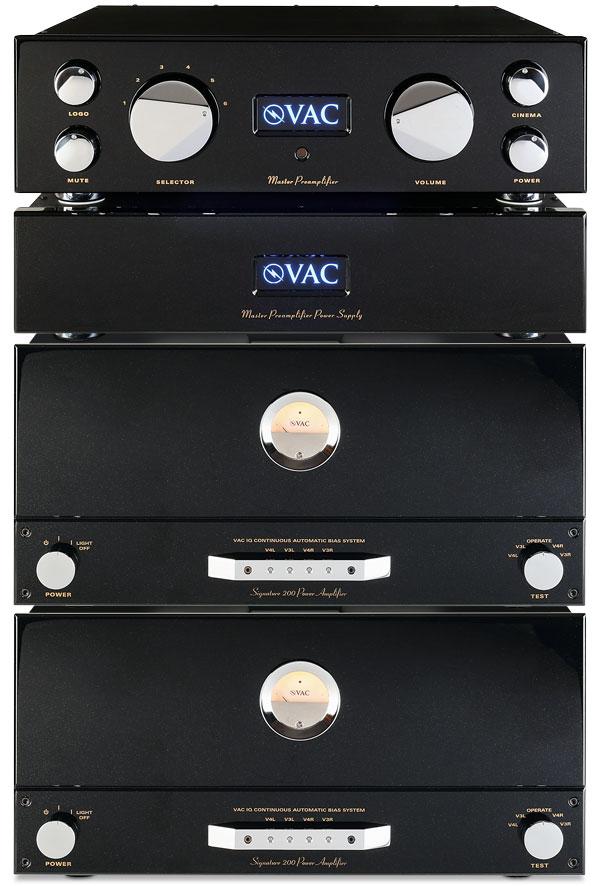
 Steeped in valve lore, this iconic tube brand extends the 'voicing' of its products right down to the choice of passive components and hand-wiring. We test a stack of VAC!
Steeped in valve lore, this iconic tube brand extends the 'voicing' of its products right down to the choice of passive components and hand-wiring. We test a stack of VAC!
With the Valve Amplification Company, aka VAC, now 30 years old, it qualifies as a stalwart of the 'third wave'. The first was, of course, the original golden age generation of Marantz, Quad, McIntosh and others of the 1940s and 1950s, while the second wave hit in the early 1970s with Audio Research, EAR and other tube revivalists. VAC arrived at the point when tubes were demonstrably here to stay, Kevin Hayes founding the company with his father in 1990. He was, and remains, resolutely focused on the high-end, as this pairing's £69,000 cost attests.
That, it must be noted, includes the addition of the optional MM/MC phono stage at £12,000 on top of the Master Preamplifier's £28,000 base cost. Here we are using a brace of Signature 200iQ amps at £14,500 apiece, in monoblock guise, while VAC also offers the dearer Statement line should you have, say, a Russian oligarch's disposable income.
Power Trio
These are not products to install without close study of the owner's manuals. The power amplifier(s) feature a host of speaker terminals, feeding off separate output transformer secondaries and I suggest you turn to editor PM's deeper discussion of the implications.
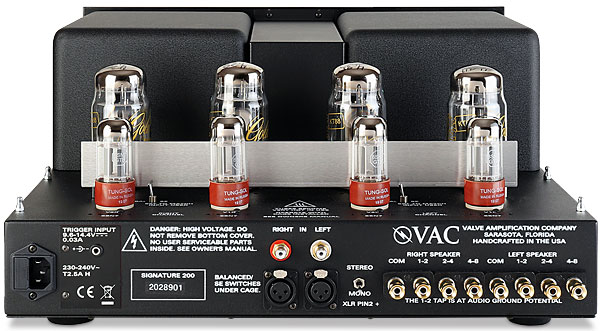
Also on the back of the Signature 200iQ is a toggle switch to choose between stereo and mono operation, the amplifier rated at 100W/ch or 200W in mono mode. The stereo/mono toggle is located between balanced XLR and single-ended RCA inputs, with the selector for these connections parked between the valves on top. Ah, but back to the speaker terminals!
The company provides three ranges of impedance, with only one set of inputs and speaker outputs used in monoblock mode. As I tried these with three wildly differing speaker types, including LS3/5As [HFN Dec '18], Wilson Sasha DAWs [HFN Mar '19] and Magnepan LRS (Little Ribbon Speaker), I adhered to PM's recommendations. It will take only a swift listen for users with one pair of speakers, noting especially the treble behaviour. I also detected minor changes at the extreme bottom end, but the giveaway will be the upper registers. The other aspect of set-up to mention here is that each 457x222x439mm (whd) amp weighs some 100lb. And I have back issues.
Master Commander
This amplifier comes with four 6SN7s and four KT88s, but the latter can be replaced with KT120s or KT150s if so desired (the big tubes may need the cage removed due to their height). This is abetted by the amp's complex auto-bias system – the 'iQ' in the model name – which monitors and maintains the correct bias, but which adds a couple of other confidence-inspiring features. One is monitoring tube condition and the other is protection of the amplifier.
These functions use the LEDs below the front panel meter, one per tube. Green indicates a weak valve, calling for imminent replacement, while red shows that a tube is drawing excessive current. The circuit will switch off the amp before a failed tube can do any damage. The meter is there to examine the current of each tube, when used with the 'test' knob on the right; the left knob is power on/off, and it also switches off the meter light if so desired.
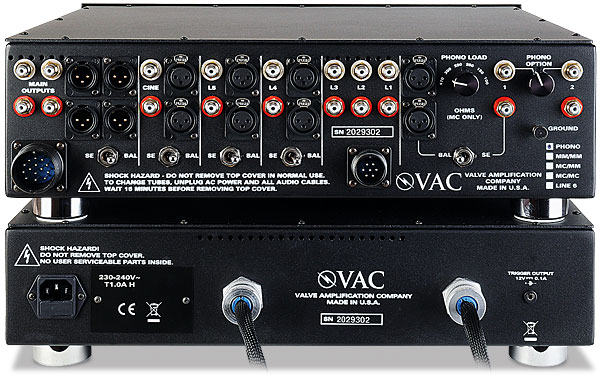
As for the two-chassis Master Preamplifier, this, too, has a fully-loaded back panel that also demands a study of the owner's manual. The front is self-explanatory, with the massive volume control and source selector dominating, while smaller knobs deal with mute, logo illumination on/off, power on/off and 'cinema' for the bypass stage if integrated into a home theatre system. The logo lights up red when the preamp is switched on but muted, and blue when it's operating.
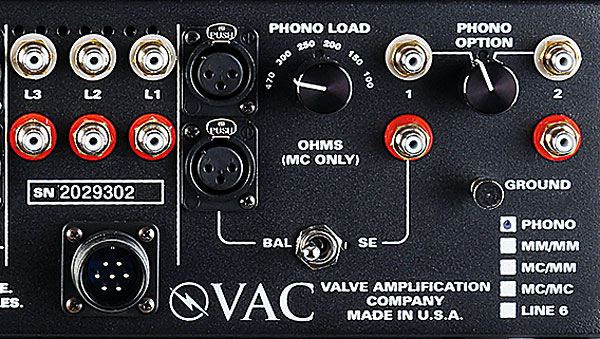
Inside are one 6922 double-triode per channel for the 'zero-feedback' Class A line stage, the optional phono stage adding six 12AX7s. The phono section justifies its £12k cost by providing selectable MC load impedances of 470, 300, 250, 200, 150, and 100ohm and MM loading of the standard 47kohm, plus 30k, 25k, 15k, and 10kohm, all chosen via a rear panel rotary. You can connect a pair of decks, via single-ended RCAs or balanced XLRs, and a toggle selects between the two of them.
Motor Skill
This will accommodate just about any analogue source you might wish: line inputs 1/2/3 are single-ended, but 4/5/Cine provide single-ended and balanced, with a toggle switch to select either for each. Input 6 becomes phono when the module is fitted, or line level without it. There are also four sets of main outputs, two each of XLR balanced and RCA single-ended, which are also selected by yet another toggle.
VAC supplies an all-metal remote for volume control and mute, and here we find another area where the cost is justified. I called Kevin Hayes in Florida, who explained, 'In order to make it possible to adjust the volume remotely, it was necessary to engineer a motor drive system, which is mounted on rubber isolation bushings. Our direct cost is about $1000 just for this volume control, and it's there for only one reason: we use it because it sounds the most like music!'. Meanwhile, the belt-driven control is the admired ALPS HQ PRO. 'This is a precision-made unit with four shielded decks, and it is purely mechanical and manual.'






